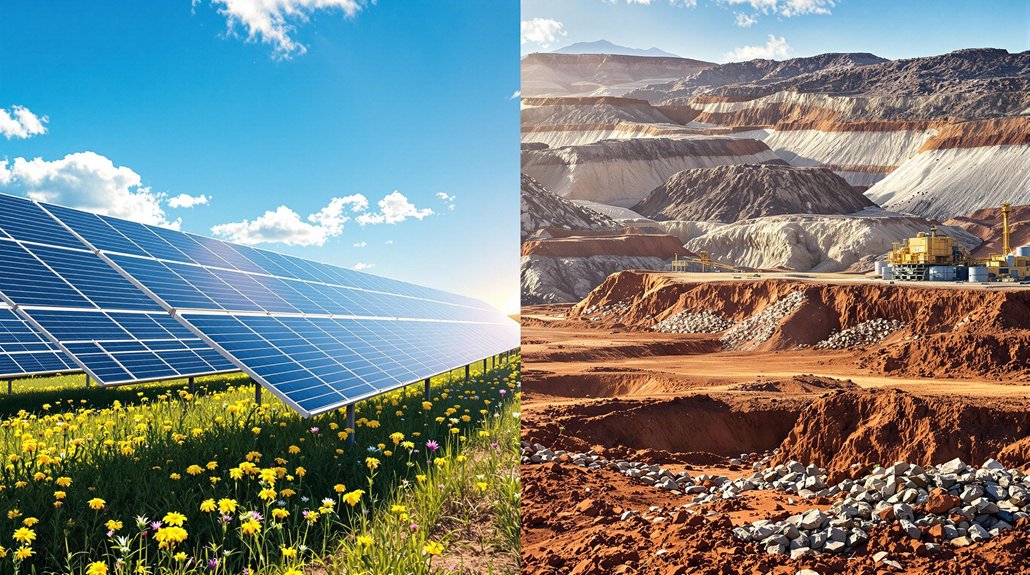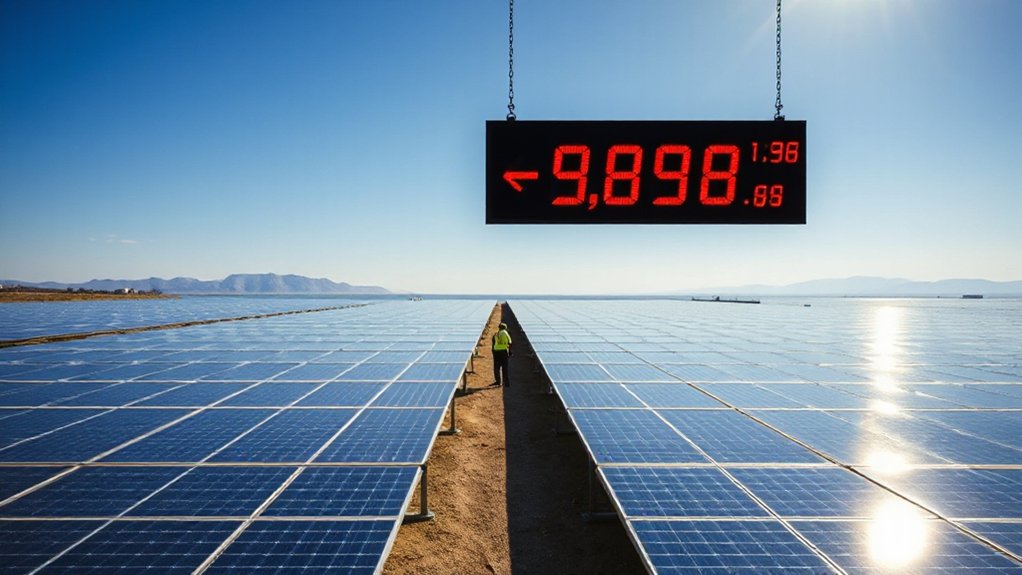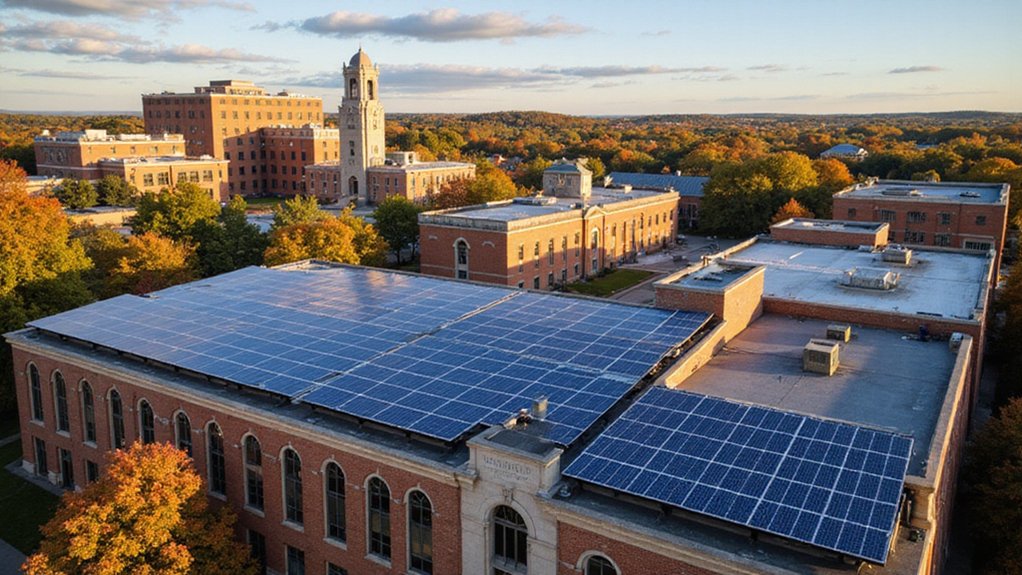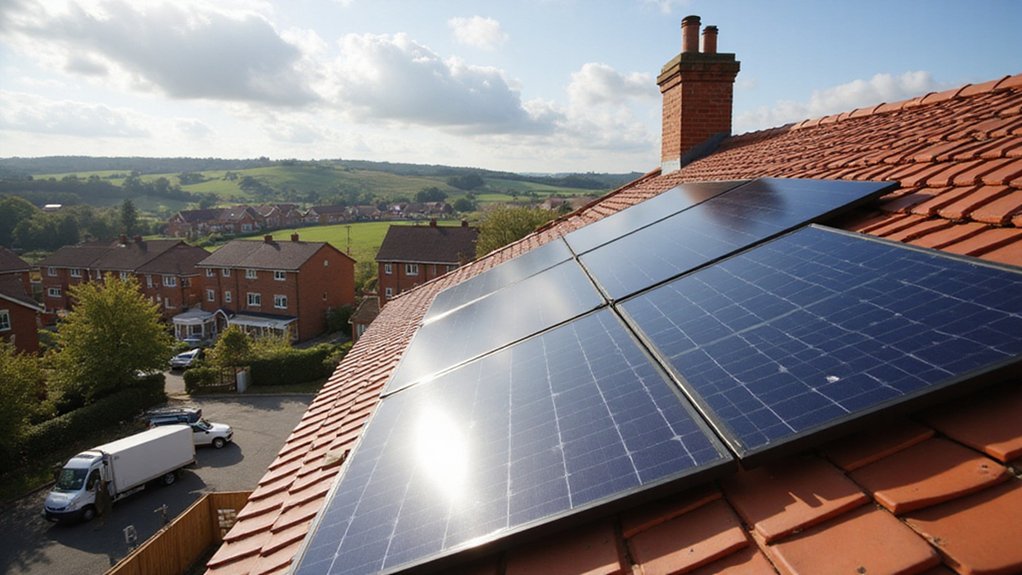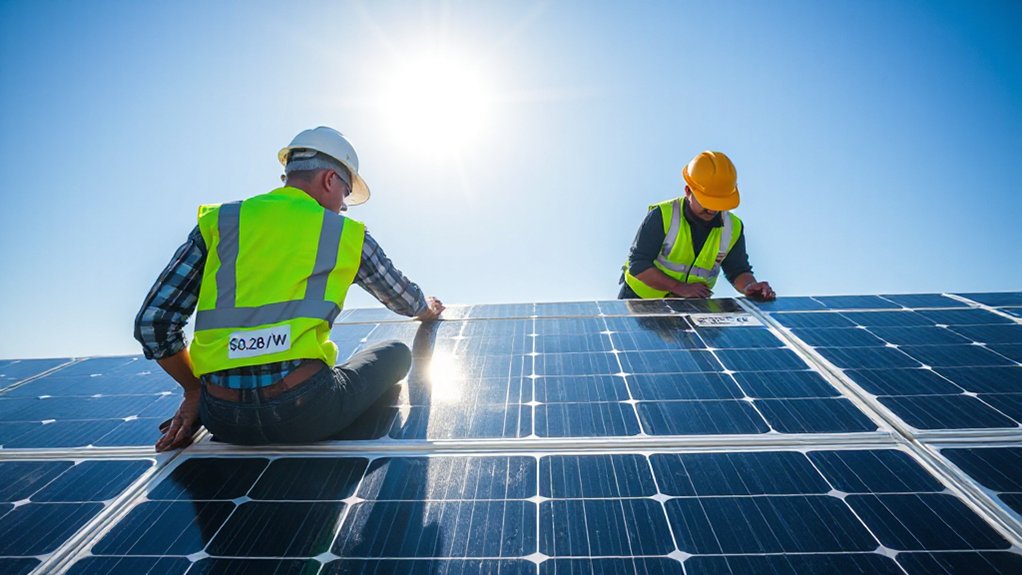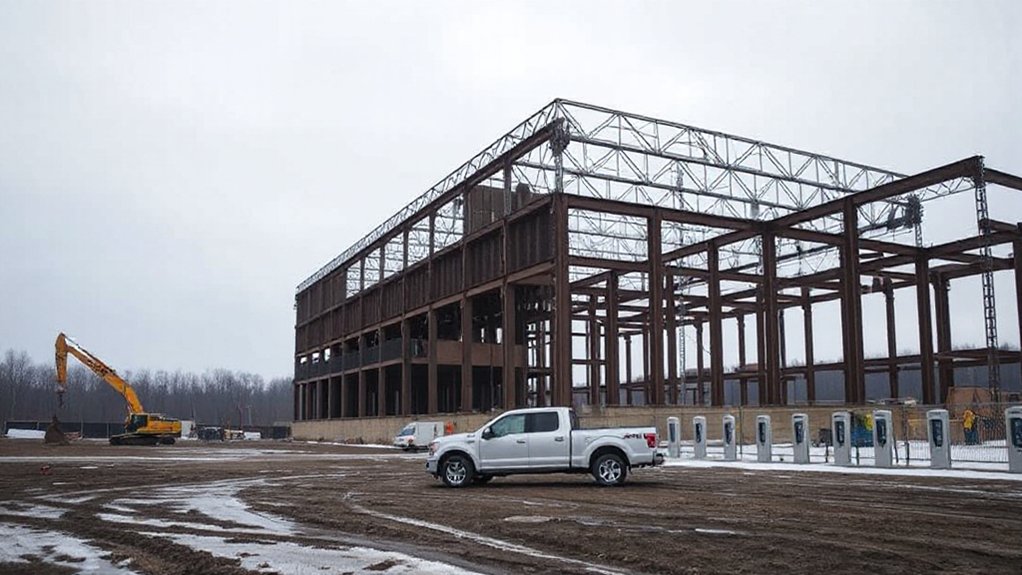As New Zealand’s renewable energy terrain undergoes a massive shift, two industry giants have joined forces to create something unprecedented. Nova Energy and Meridian Energy are setting up Te Rāhui, a colossal 400MW solar farm that makes all other NZ solar projects look like school science experiments. It’s a 50-50 partnership, because why tackle climate change alone when you can split the massive NZ$660 million bill with a friend?
The numbers are staggering. We’re talking about 1,022 hectares of former dairy farmland near Taupō being covered with roughly 900,000 solar panels. Cows out, solar in. The farm will generate about 650,000 MWh annually—enough to power 100,000 homes. That’s a whole city’s worth of avocado toast toasters and electric vehicles.
From dairy pastures to solar powerhouse: 900,000 panels replacing cows to energize 100,000 homes worth of Kiwi appliances.
Construction will happen in two phases, each delivering 200MW of clean energy. They’ve already secured all the necessary permits—probably the hardest part in a country where getting approval to build a garden shed can take months. Financial decisions are targeted for early 2025, with shovels hitting dirt shortly after.
Let’s be real: this project is a game-changer. It’ll boost New Zealand’s renewable electricity generation by a full percentage point. Not exactly saving the planet overnight, but hey, it’s something. The project will help address the Climate Change Commission’s estimate that solar capacity needs to grow to 19 GW by 2050.
The economic impact isn’t shabby either. Hundreds of construction jobs will be created, plus ongoing roles for people who’ll maintain all those panels. Local businesses will enjoy the influx of workers needing food, accommodation, and entertainment. While this massive solar farm represents a significant leap forward, its output will still be subject to weather variability that affects all renewable energy sources. The site’s 220kV grid connection will enhance national energy security while supporting the local Taupō economy.
The technical setup includes 98 centralized inverters and new transmission infrastructure to feed all that sunshine juice into the national grid. Construction should wrap up by late 2027, assuming New Zealand weather cooperates—which is never a safe bet.
This partnership between competitors proves one thing: when the energy transformation gets serious, even rivals will share their toys.
References
- https://www.dsneg.com/info/nz-s-largest-solar-farm-gets-the-go-ahead-99280159.html
- https://www.pv-magazine.com/2022/09/20/todd-proposes-400-mw-solar-farm-for-new-zealands-north-island/
- https://odmpartners.com/meridian-energy-nova-to-form-joint-venture-for-400mw-new-zealand-solar-pv-plant/
- https://www.pv-magazine.com/2024/12/23/new-zealand-venture-moves-forward-with-400-mw-solar-project/
- https://www.pv-magazine-australia.com/2024/12/23/kiwi-joint-venture-plans-new-zealands-biggest-solar-farm-on-north-island/


